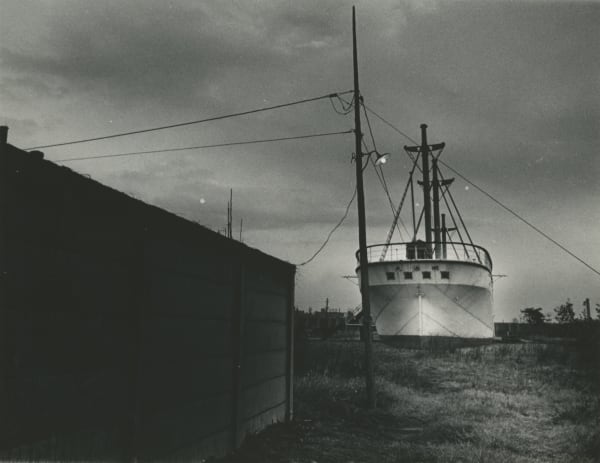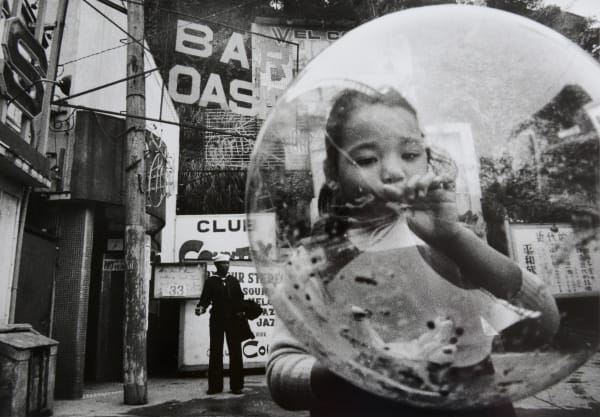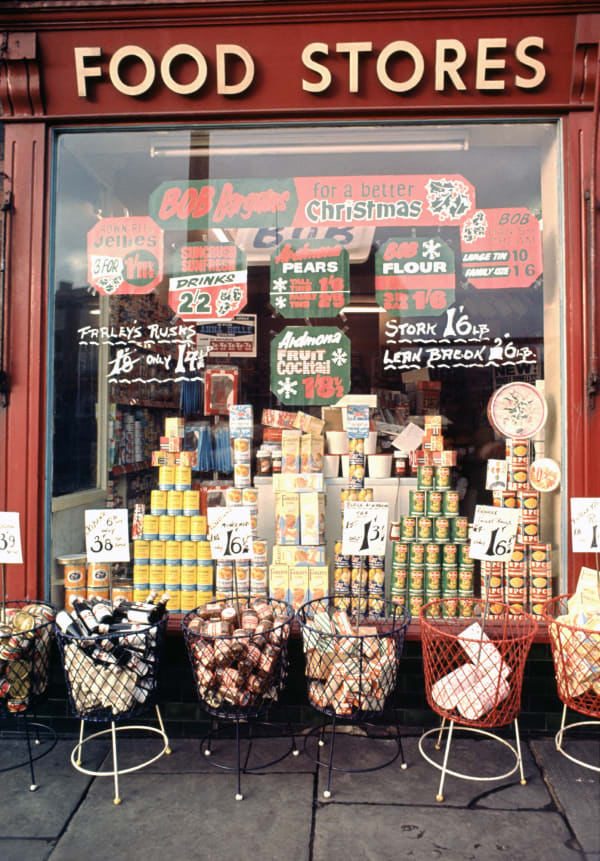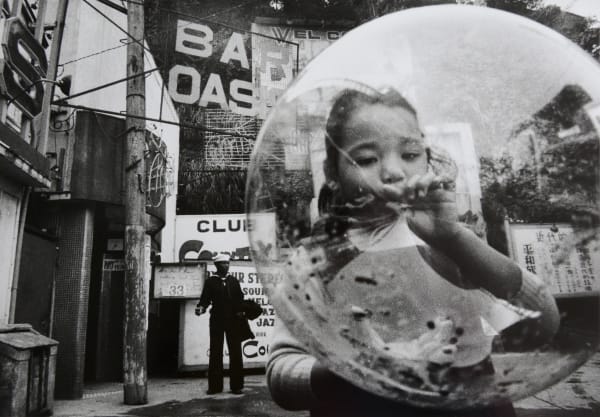Works
-
 Untitled, from Come Up, ca. 1970
Untitled, from Come Up, ca. 1970 -
 Untitled, from Come Up, ca. 1970
Untitled, from Come Up, ca. 1970 -
 Untitled, from Come Up, ca. 1970
Untitled, from Come Up, ca. 1970 -
 Untitled, from Come Up, ca. 1970
Untitled, from Come Up, ca. 1970 -
 Untitled, from Come Up, c. 1970
Untitled, from Come Up, c. 1970 -
 Untitled, from Come Up, ca. 1970
Untitled, from Come Up, ca. 1970 -
 Untitled, from Come Up, ca. 1970
Untitled, from Come Up, ca. 1970 -
 Untitled, from Come Up, circa 1970
Untitled, from Come Up, circa 1970 -
 Untitled, from Come Up, ca. 1970
Untitled, from Come Up, ca. 1970 -
 Portrait. Untitled, c 1969/ 1970
Portrait. Untitled, c 1969/ 1970
Biography
Tetsuya Ichimura is an artist who rose to prominence during Japan’s ‘Golden Age’ of photography. After gaining early recognition for his pictures referencing European Subjective photography, Ichimura began to explore the creative possibilities of the nude. His work may be positioned alongside that of peers, including Hosoe Eikō, Shinoyama Kishin, and Tatsuki Yoshihiro, who shared his interest in repositioning the body beyond figurative traditions.
The prints we offer, taken primarily from Ichimura’s series Come Up, constitute an extremely rare body of work, acquired directly from the artist’s wife who has not shown them before outside Japan. Conceived at a time when Japanese photography was primarily focussed on the construction of series for publication, this selection of original prints is remarkable in its range and scarcity.
Come Up is one of Ichimura’s most celebrated series, originally published in 1971. In his afterword, Ichimura describes his project as illustrating ‘the origin of the Japanese sex and its soil through the realism of photography.’ Come Up includes a series of abstracted textural landscapes, in which places and bodies are rendered with soft density in high contrast. For Ichimura, the series represented an essential materiality common across the life cycle: ‘Everyone who lives in the modern age will finally die and their bones will be buried in the soil and eroded mercilessly by the rule of Nature […] I could perceive the origin of myself as a human being, and obtained a method of thinking based primarily upon a human being itself.’ The photobook was chosen by the photohistorian Kaneko Ryūichi for his survey guide History of Japanese Photography 1956-1986 (2009).
There has been a tendency in cultural criticism to focus on the resurgence of the body in post-war Japanese art, with the rise of ‘Literature of the Flesh’ (nikutai-bungaku) and the emergence of the radically physical ankoku butō dance movement led by Hijikata Tatsumi. In the visual arts, the experiments of the Gutai group in capturing the body’s movement on canvas were complimented by Hosoe Eikō’s pioneering exploration of the nude as a source of dramatically sculptural and sensuous forms. Ichimura’s work can be situated in this context as an alternative attempt to reconnect the body with a wider natural landscape, explicitly identified in his photography as rooted in Japan.
Ichimura’s work was awarded a prize at the 1956 International Subjective Photography Exhibition, organised by a Japanese photography association who identified with the work of Otto Steinert. Seen in the light of this expressive tradition of photography, which incorporated elements of Modernism and Surrealism to convey highly personal visions, Come Up resonates with earlier experiments in defamiliarising the nude with photography.
Early in his career as a freelance photographer, Ichimura's work was selected for inclusion in two of the most seminal presentations of Japanese photography abroad: New Japanese Photography at New York’s Museum of Modern Art (1974) and Neue Fotografie Aus Japan at Graz Kulturhaus (1977). More recently, his work featured in MoMA’s major exhibition Tokyo 1955 - 1970: A New Avant-Garde (2012), and in Salzburg Museum Der Moderne’s show The City — The Countryside: Japanese Photography of the 1960s and 1970s (2020).
Exhibitions
-

AIPAD | The Photography Show
Park Avenue Armory, New York City 23 - 27 Apr 2025Read more -

Photo London
Somerset House • Stand W02 10 - 14 May 2023Michael Hoppen is pleased to return to the 8th edition of Photo London with an exciting selection of works by iconic contemporary artists as well as newly-released works.Read more -

Frieze Masters 2022
Regent's Park • Stand A08 12 - 16 Oct 2022At Frieze Masters 2022, we are delighted to be exhibiting key works by members of the iconic generation of Japanese photographers who rose to prominence during the post-war period. The...Read more -

The Photography Show, AIPAD 2022
Center415 • Stand 222 20 - 22 May 2022After what seems like an eternity, we are so looking forward to once again being in New York for The Photography Show presented by AIPAD. To be amongst you, our...Read more -

Paris Photo 2021
Grand Palais Éphémère • Stand D24 10 - 14 Nov 2021We are absolutely delighted to be returning to Paris Photo 2021 after our forced absence from art fairs - but especially Paris Photo which we have participated in for the...Read more
News
-

Photo London 2023
Michael Hoppen's Highlights May 10, 2023Michael Hopen Gallery is delighted to return to Somerset House for the 8th edition of Photo London. For this year's edition, we are proud to...Read more -

Frieze Masters 2022
Michael Hoppen's Highlights October 10, 2022Michael Hoppen Gallery is delighted to be exhibiting at Frieze Masters 2022, with key works by members of the iconic generation of Japanese photographers who...Read more -

The Photography Show Presented by AIPAD 2022
MICHAEL HOPPEN'S HIGHLIGHTS April 29, 2022After what seems like an eternity, we are so looking forward to once again being in New York for The Photography Show presented by AIPAD!...Read more -

Paris Photo 2021
Michael Hoppen's Highlights November 5, 2021Michael Hoppen Gallery is delighted to be returning to Paris Photo 2021 after our forced absence from art fairs – but especially Paris Photo which...Read more
Enquire



















